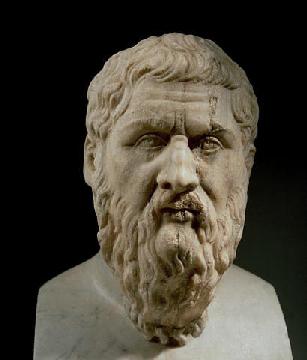Out of Sight
A former prostitute tries to rescue Iraq’s most vulnerable women.
On a Saturday night
in late May, I sat in the back seat of a taxi as it drove through a
shantytown in Baghdad. We were not far from Firdos Square, where, in
April of 2003, invading American troops famously toppled a large statue
of Saddam Hussein. A highway passed overhead, its traffic thudding, and
Baghdad’s tallest building, the Cristal Grand Ishtar Hotel—still widely
known as the Sheraton, although the hotel chain withdrew from Iraq in
1990—rose in the distance. A forty-year-old woman whom I’ll call Layla
sat in the front passenger seat; she wore a black abaya, and strands of
dyed-black hair fell out from under her head scarf. Her husband,
Mohammad, drove.
in late May, I sat in the back seat of a taxi as it drove through a
shantytown in Baghdad. We were not far from Firdos Square, where, in
April of 2003, invading American troops famously toppled a large statue
of Saddam Hussein. A highway passed overhead, its traffic thudding, and
Baghdad’s tallest building, the Cristal Grand Ishtar Hotel—still widely
known as the Sheraton, although the hotel chain withdrew from Iraq in
1990—rose in the distance. A forty-year-old woman whom I’ll call Layla
sat in the front passenger seat; she wore a black abaya, and strands of
dyed-black hair fell out from under her head scarf. Her husband,
Mohammad, drove.
We were headed
toward a dimly lit cinder-block shack. Children darted in and out of the
shadows, and a pregnant woman in a long-sleeved, turquoise ankle-length
dress stepped out to see who was approaching. She was a pimp, Layla
said. In 2012, Iraq passed its first law specifically against human
trafficking, but the law is routinely ignored, and sexual crimes,
including rape and forced prostitution, are common, women’s-rights
groups say. Statistics are hard to come by, but in 2011, according to
the latest Ministry of Planning report, a survey found that more than
nine per cent of respondents between the ages of fifteen and fifty-four
said they had been subjected to sexual violence. The real number is
likely much higher, given the shame attached to reporting such crimes in
a society where a family’s honor is often tied to the chastity of its
women. The victims of these crimes are often considered outcasts and can
be killed for “dishonoring” their family or their community.
toward a dimly lit cinder-block shack. Children darted in and out of the
shadows, and a pregnant woman in a long-sleeved, turquoise ankle-length
dress stepped out to see who was approaching. She was a pimp, Layla
said. In 2012, Iraq passed its first law specifically against human
trafficking, but the law is routinely ignored, and sexual crimes,
including rape and forced prostitution, are common, women’s-rights
groups say. Statistics are hard to come by, but in 2011, according to
the latest Ministry of Planning report, a survey found that more than
nine per cent of respondents between the ages of fifteen and fifty-four
said they had been subjected to sexual violence. The real number is
likely much higher, given the shame attached to reporting such crimes in
a society where a family’s honor is often tied to the chastity of its
women. The victims of these crimes are often considered outcasts and can
be killed for “dishonoring” their family or their community.
Islamic militias intensify the dangers of Baghdad’s sex-trafficking underworld.
Credit Illustration by Aude Van Ryn

